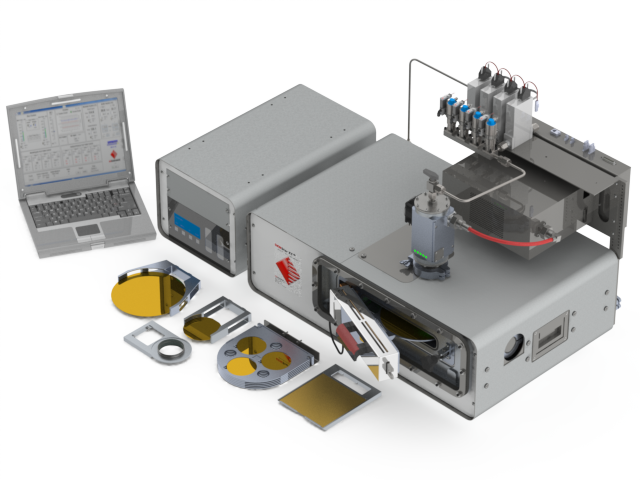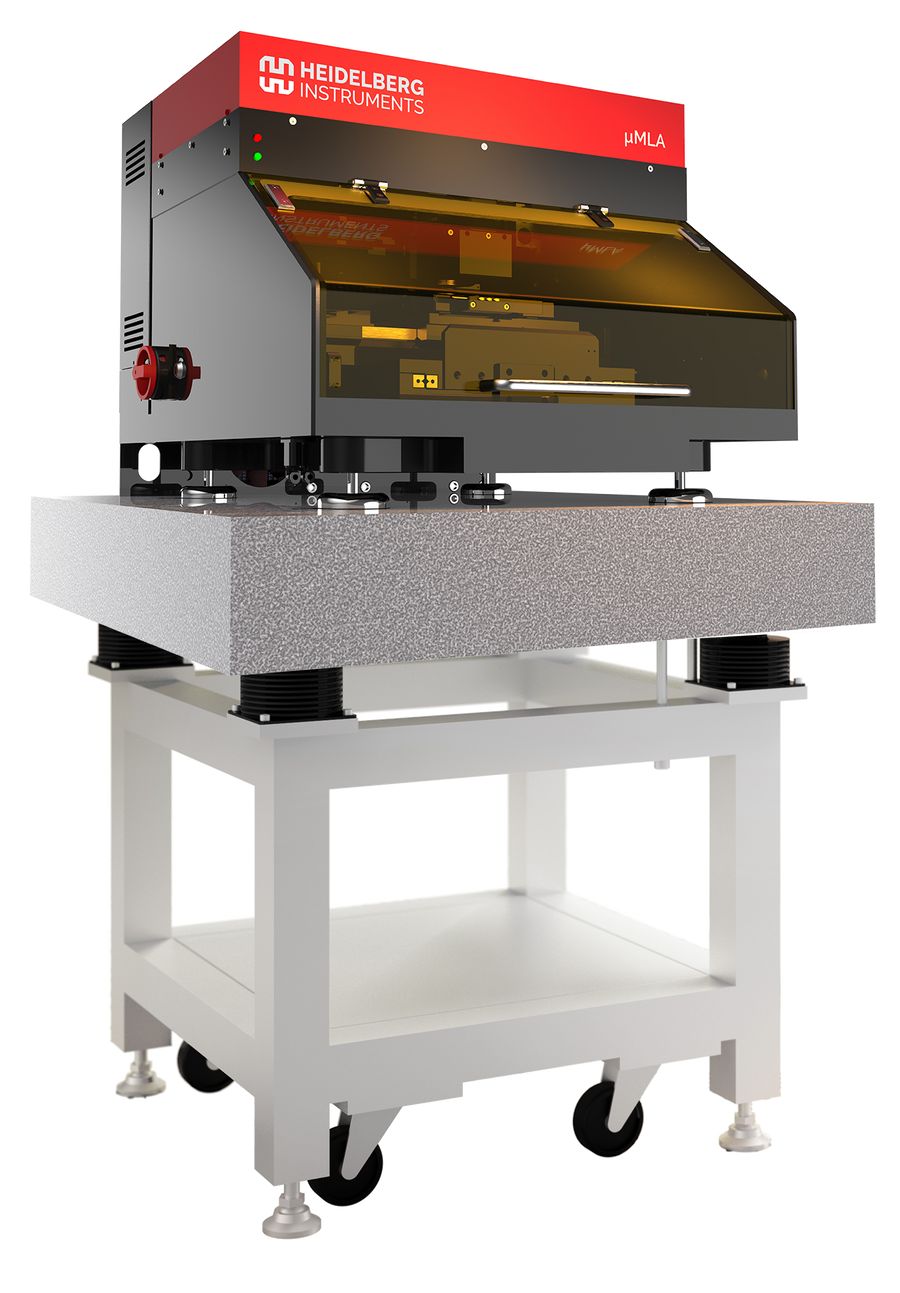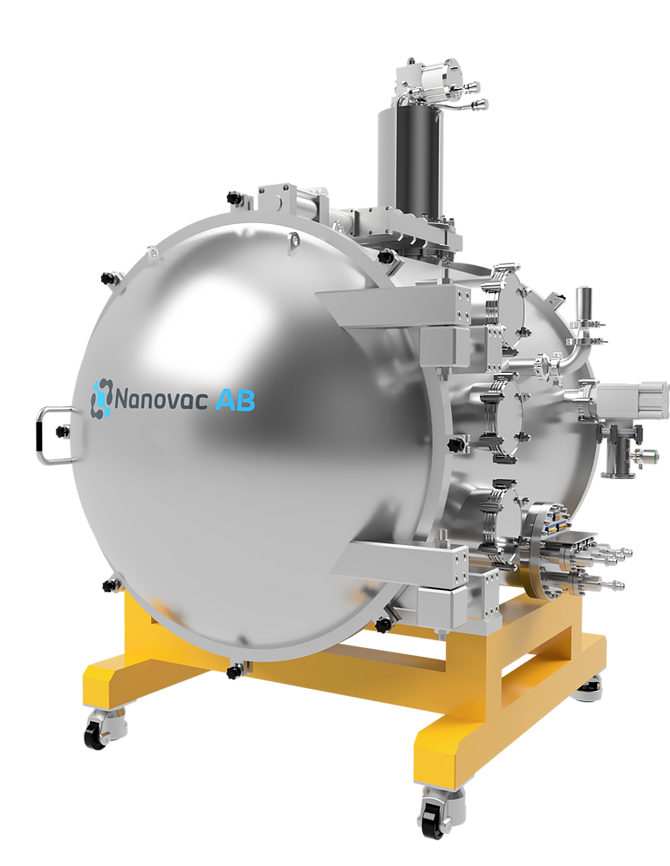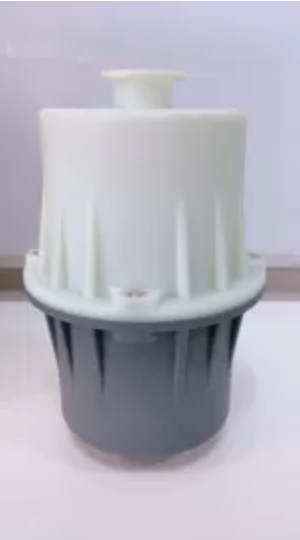What will Solar Cell and LED research deliver in 2022?
2021 delivered a series of records in Power Conversion Efficiency for Emerging PVs. The year finished out with impressive results from Prof. Steve Albrecht’s Group, HZB (DOI: 10.1126/science.abd4016). At the current rate of development, the 30% efficiency barrier for a Pero/Si tandem cell may well be broken in 2022. The efficiency race certainly makes for great headlines, but there is also the limited device stability that needs to be overcome to win the day. In 2021, FLUXIM has seen great steps forward here too. They are proud to see their tools supporting this development: (https://www.fluxim.com/publicationsperovskite).

The Future for Light Emitting Diodes (LEDs)
The OLED market is often thought of as mature. After all, there are a plethora of displays available now using this technology. However, the research field is far from in decline. As displays and devices evolve (think AR, automotive displays, large-area lighting, flexible screens) the demand to develop better device performance increases. It’s in the R&D labs that this work will be done. We’re expecting some strong results this year on OLEDs, but also on Perovskite LEDs and QDLEDs.
What could Fluxim deliver to help your research in 2022?
Over the years they have developed a comprehensive tool kit that enables researchers rapid validation of their work through simulation and characterization. With the benefits of using Setfos, Laoss, and Paios, Fluxim has another instrument called PHELOS. This is what they are going to present today.
Electroluminescence (EL) and Photoluminescence (PL) Spectroscopies are fundamental for the development of Perovskite LEDs, Quantum Dot LEDs, QD-Films, and OLEDs. Advanced PL and EL characterization are performed with respect to the emission angle and the polarization. We developed the tabletop instrument Phelos to combine these techniques and although they could write many paragraphs as to the benefits of using this all-in-one Gonio-spectrometer they’ve prepared a short film to do the same. Enjoy.






